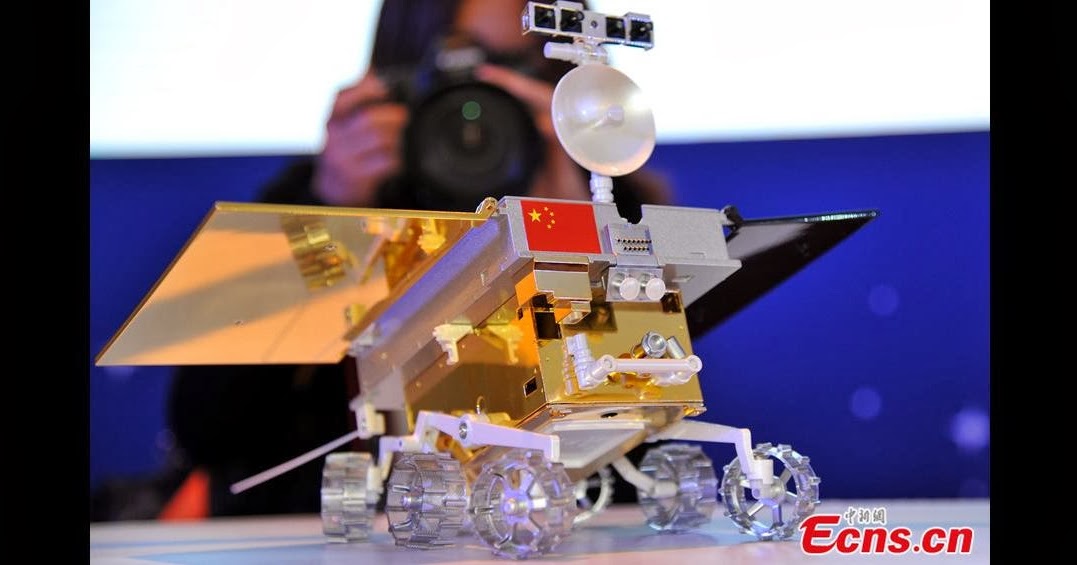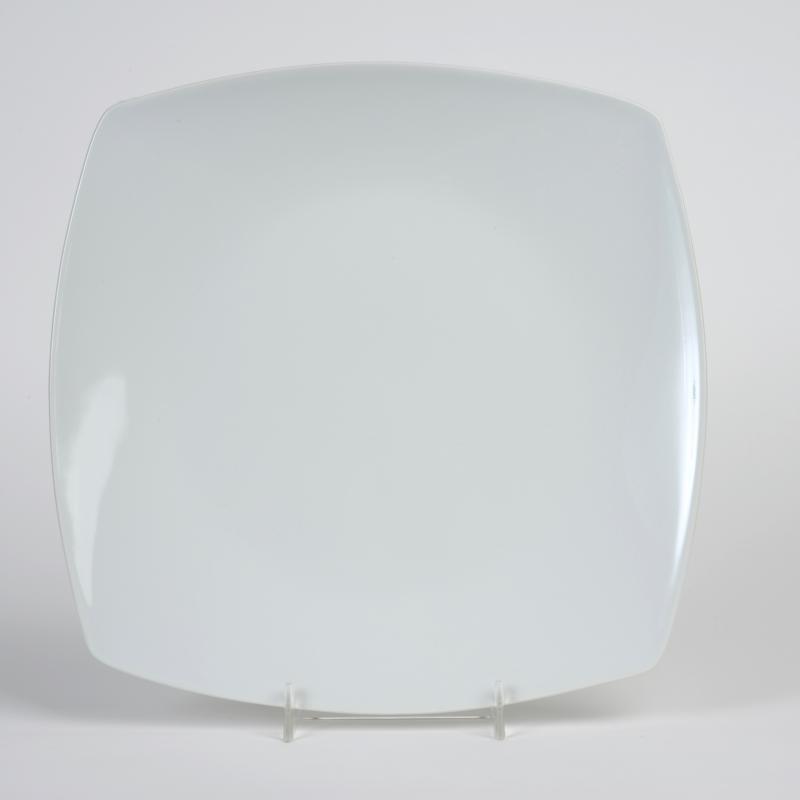
Names of the 28 lunar mansions were found on the cover of the box, proving that the use of this classification system was made before 433 BCE.Īs lunar mansions have such an ancient origin, the meanings of most of their names have become obscure. In 1977, a lacquer box was excavated from the tomb of Yi, the marquis of Zeng, in Suixian, Hubei Province. The divisions of the sky began with the Northern Dipper and the 28 mansions. Shuen Ye or Xuan Ye – The heavens are infinite in extent and the celestial bodies are floating about at rare intervals, and "the speed of the luminaries depends on their individual natures, which shows they are not attached to anything.".The seasons are explained by the North Pole shifting rather than remaining directly overhead.
#China astroboard full

Ancient astronomical records of phenomena like comets and supernovae are sometimes used in modern astronomical studies. The supernova which created the Crab Nebula, now known as SN 1054, is an example of an astronomical event observed by Ancient Chinese astronomers. Astronomers took note of " guest stars", usually supernovas or comets, which appear among the fixed stars. As dynasties would rise and fall, astronomers and astrologers of each period would often prepare a new calendar, making observations for that purpose.Īstrological divination was also an important part of astronomy. The Chinese calendar was considered to be a symbol of a dynasty. The Chinese used a lunisolar calendar, but as the cycles of the Sun and the Moon are different, leap months had to be inserted regularly. One of the main functions of astronomy was for the purpose of timekeeping. History of science and technology in Chinaįurther information: Science and technology of the Han Dynasty, Technology of the Song Dynasty, and Chu Silk Manuscript

1.1 Purpose of astronomical observations in the past.Today, China continues to be active in the field of astronomy, with many observatories and its own space program. In 1669, the Peking observatory was completely redesigned and refitted under the direction of Ferdinand Verbiest. The telescope was introduced from Europe in the seventeenth century. Islamic astronomers collaborated closely with their Chinese colleagues during the Yuan Dynasty, and, after a period of relative decline during the Ming Dynasty, astronomy was revitalized under the stimulus of Western cosmology and technology after the Jesuits established their missions. Some elements of Indian astronomy reached China with the expansion of Buddhism after the Eastern Han Dynasty (25–220 CE), but most incorporation of Indian astronomical thought occurred during the Tang Dynasty (618–907 CE), when numerous Indian astronomers took up residence in the Chinese capital Chang'an, and Chinese scholars, such as the Tantric Buddhist monk and mathematician Yi Xing, mastered the Indian system.

Needham has described the ancient Chinese as the most persistent and accurate observers of celestial phenomena anywhere in the world before the Islamic astronomers. Chinese astronomy was equatorial, centered on close observation of circumpolar stars, and was based on different principles from those in traditional Western astronomy, where heliacal risings and settings of zodiac constellations formed the basic ecliptic framework. ĭetailed records of astronomical observations began during the Warring States period (fourth century BCE) and flourished from the Han period onward.

The core of the "mansion" (宿 xiù) system also took shape around this period, by the time of King Wu Ding (1250–1192 BCE). The Ancient Chinese people have identified stars from 1300BCE, as Chinese star names later categorized in the twenty-eight mansions have been found on oracle bones unearthed at Anyang, dating back to the mid-Shang Dynasty. The whole set of star maps contain 1,300 stars.Īstronomy in China has a long history stretching from the Shang Dynasty, being refined over a period of more than 3,000 years. Constellations of the three schools were distinguished with different colors: white, black and yellow for star of Wu Xian, Gan De and Shi Shen respectively. This map is thought to date from the reign of Emperor Zhongzong of Tang (705–710). The Dunhuang map from the Tang Dynasty (North Polar region).


 0 kommentar(er)
0 kommentar(er)
